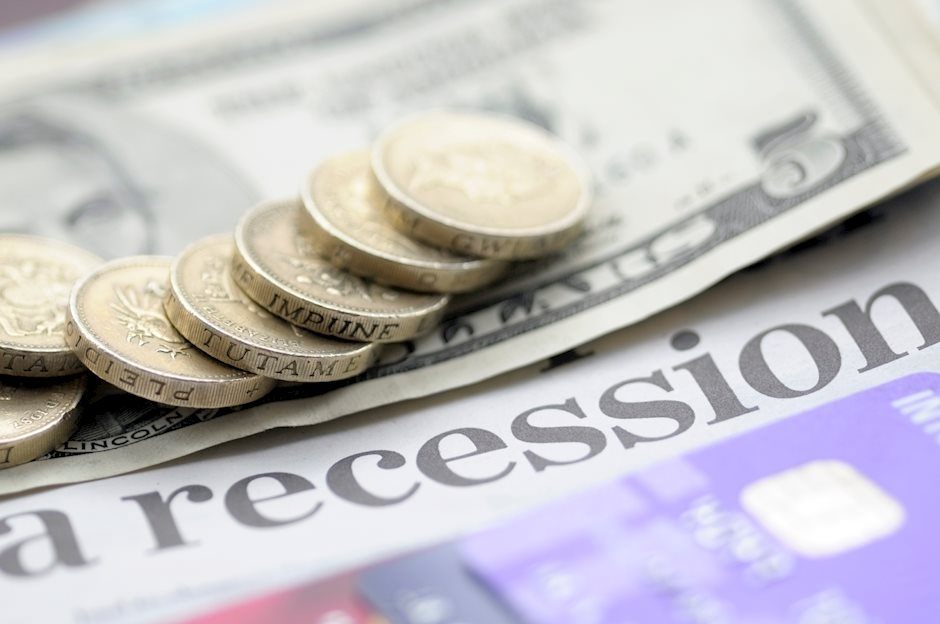US GDP growth for Q1 revised higher to 1.4% as expected
- US GDP growth for the first quarter got revised higher to 1.4%.
- US Dollar Index stays in negative territory below 106.00.

The US Bureau of Economic Analysis announced on Thursday that it revised the annualized real Gross Domestic Product (GDP) growth for the first quarter to 1.4% from 1.3% in the previous estimate. This revision came in line with the market expectation.
"The increase in real GDP primarily reflected increases in consumer spending, residential fixed investment, nonresidential fixed investment, and state and local government spending that were partly offset by a decrease in private inventory investment. Imports increased," the BEA explained in its press release.
Market reaction to US GDP data
The US Dollar struggles to find demand despite the positive revision to the Q1 GDP data. At the time of press, the USD Index was down 0.2% on the day at 105.85.
US Dollar PRICE Today
The table below shows the percentage change of US Dollar (USD) against listed major currencies today. US Dollar was the weakest against the New Zealand Dollar.
| USD | EUR | GBP | JPY | CAD | AUD | NZD | CHF | |
|---|---|---|---|---|---|---|---|---|
| USD | -0.22% | -0.24% | -0.24% | -0.16% | -0.13% | -0.29% | 0.03% | |
| EUR | 0.22% | -0.03% | -0.03% | 0.05% | 0.10% | -0.10% | 0.24% | |
| GBP | 0.24% | 0.03% | 0.02% | 0.09% | 0.15% | -0.04% | 0.28% | |
| JPY | 0.24% | 0.03% | -0.02% | 0.07% | 0.10% | -0.10% | 0.27% | |
| CAD | 0.16% | -0.05% | -0.09% | -0.07% | 0.02% | -0.14% | 0.18% | |
| AUD | 0.13% | -0.10% | -0.15% | -0.10% | -0.02% | -0.17% | 0.14% | |
| NZD | 0.29% | 0.10% | 0.04% | 0.10% | 0.14% | 0.17% | 0.32% | |
| CHF | -0.03% | -0.24% | -0.28% | -0.27% | -0.18% | -0.14% | -0.32% |
The heat map shows percentage changes of major currencies against each other. The base currency is picked from the left column, while the quote currency is picked from the top row. For example, if you pick the US Dollar from the left column and move along the horizontal line to the Japanese Yen, the percentage change displayed in the box will represent USD (base)/JPY (quote).
GDP FAQs
A country’s Gross Domestic Product (GDP) measures the rate of growth of its economy over a given period of time, usually a quarter. The most reliable figures are those that compare GDP to the previous quarter e.g Q2 of 2023 vs Q1 of 2023, or to the same period in the previous year, e.g Q2 of 2023 vs Q2 of 2022. Annualized quarterly GDP figures extrapolate the growth rate of the quarter as if it were constant for the rest of the year. These can be misleading, however, if temporary shocks impact growth in one quarter but are unlikely to last all year – such as happened in the first quarter of 2020 at the outbreak of the covid pandemic, when growth plummeted.
A higher GDP result is generally positive for a nation’s currency as it reflects a growing economy, which is more likely to produce goods and services that can be exported, as well as attracting higher foreign investment. By the same token, when GDP falls it is usually negative for the currency. When an economy grows people tend to spend more, which leads to inflation. The country’s central bank then has to put up interest rates to combat the inflation with the side effect of attracting more capital inflows from global investors, thus helping the local currency appreciate.
When an economy grows and GDP is rising, people tend to spend more which leads to inflation. The country’s central bank then has to put up interest rates to combat the inflation. Higher interest rates are negative for Gold because they increase the opportunity-cost of holding Gold versus placing the money in a cash deposit account. Therefore, a higher GDP growth rate is usually a bearish factor for Gold price.
Author

Eren Sengezer
FXStreet
As an economist at heart, Eren Sengezer specializes in the assessment of the short-term and long-term impacts of macroeconomic data, central bank policies and political developments on financial assets.
















